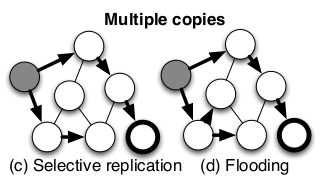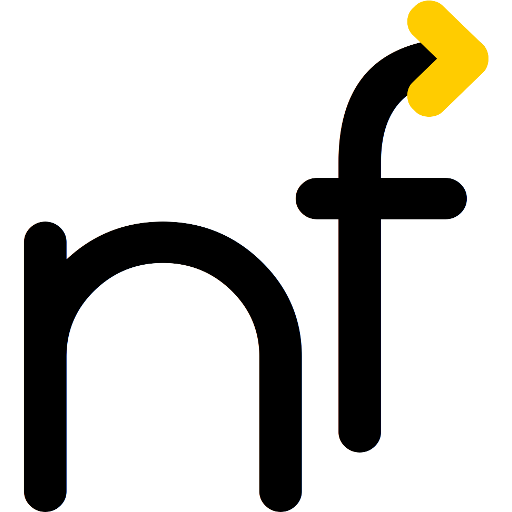
Links
Abstract
Many applications of ad-hoc networks include intermittent connectivity. Anyone wishing to implement routing into her delay-tolerant network can select from a wide variation of options, but the choice is hard, as there is no strong comparative evidence to the relative performance of the algorithms. Every paper uses a different setting, mostly far from realistic. In our desire to improve the basis for decisions, we simulated a promising selection of DTN routing algorithms in three vastly different scenarios, all based on publicly available real-world traces. Using our open-source DTN simulator, we compare and analyse 11 routing techniques, then provide explanations for the behaviour and give advice for choosing a suitable mechanism. To our own surprise, the results challenge the conventional wisdom gained from synthetic simulations and poses the question whether the world is ready for DTNs.
BibTeX (Download)
@inproceedings{Islam2008Reality-Check,
title = {Reality-Check for DTN Routing Algorithms},
author = {Arshad Islam and Marcel Waldvogel},
url = {https://netfuture.ch/wp-content/uploads/2008/islam08reality.pdf},
isbn = {978-0-7695-3173-1},
year = {2008},
date = {2008-01-01},
urldate = {1000-01-01},
booktitle = {ICDCSW '08: Proceedings of the 2008 The 28th International Conference on Distributed Computing Systems Workshops},
pages = {204--209},
publisher = {IEEE Computer Society},
address = {Washington, DC, USA},
abstract = {Many applications of ad-hoc networks include intermittent connectivity. Anyone wishing to implement routing into her delay-tolerant network can select from a wide variation of options, but the choice is hard, as there is no strong comparative evidence to the relative performance of the algorithms. Every paper uses a different setting, mostly far from realistic. In our desire to improve the basis for decisions, we simulated a promising selection of DTN routing algorithms in three vastly different scenarios, all based on publicly available real-world traces. Using our open-source DTN simulator, we compare and analyse 11 routing techniques, then provide explanations for the behaviour and give advice for choosing a suitable mechanism. To our own surprise, the results challenge the conventional wisdom gained from synthetic simulations and poses the question whether the world is ready for DTNs.
},
keywords = {Opportunistic Networks},
pubstate = {published},
tppubtype = {inproceedings}
}



